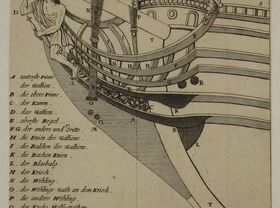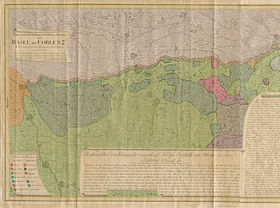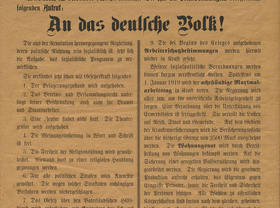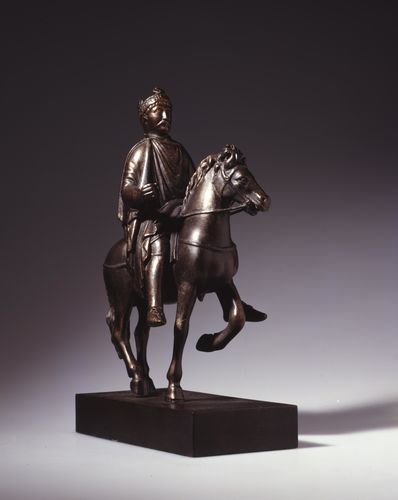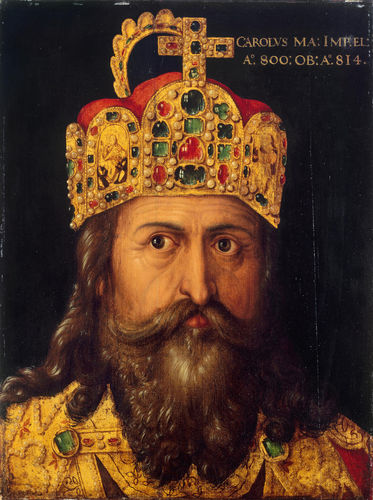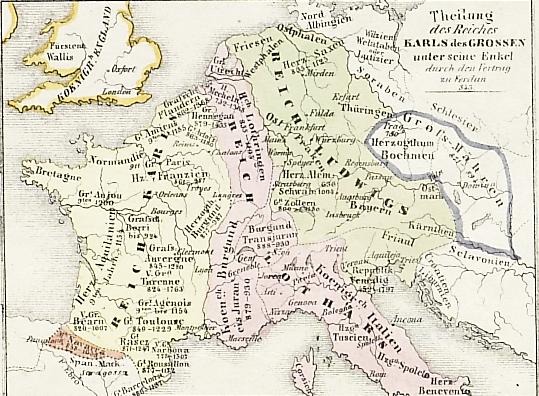The division of the Kingdom of the Franks
In February 842, the two nephews of Charlemagne, Ludwig the German and Karl the Bald, met in Strasbourg. In the Strasbourg Oath, they swore to support each other aganist their older brother Lothair. Their grandfather Charlemagne, King of the Franks, had already established a powerful empire. His coronation as emperor in 800 was seen as bringing the empire of the Romans to the Franks.
When his son Ludwig the Pious died in 840, the empire was divided up amongst his sons. With the Treaty of Verdun in 843, the division was sealed as a Kingdom of the West Franks, a Kingdom of Middle Francia, and a Kingdom of the East Franks.
The Kingdom of the West Franks was later to develop into France. The Kingdom of the East Franks developed into the Holy Roman Empire of the German Nation. Both were later to claim parts of Lotharingia in the Kingdom of Middle Francia.
Karl the Bald and the Kingdom of the West Franks
Karl the Bald was the youngest son of Ludwig the Pious. Born from a second marriage, he was at first not in line to rule over any part of the empire. This is perhaps alluded to by his nickname “the Bald”, meaning “without posessions”.
The Kingdom of the West Franks fell to him in the Treaty of Verdun after the death of his father in 840 and a joint victory – together with Ludwig - over Lothair. In 869, he was crowned king in Metz. The bronze statuette certainly originated in this period, and was kept in the Metz Cathedral for almost 1000 years. It depicts either Charlemagne or Karl the Bald. Karl was crowned Emperor in 875, and was the only king in the Kingdom of the West Franks to achieve this title. Though the language of the Kingdom of the West Franks was Old French, he relayed the Strasbourger Oath in Old High German, the language of his brother’s followers.


